HUMAN TRAFFICKING DOES NOT HAPPEN IN THE U.S.
Human trafficking happens worldwide. It’s happening in every country, including the U.S. It happens in cities, suburbs, and rural communities. It is highly likely that it’s happening in your community because human trafficking doesn’t always look how the movies depict it. People are trafficked while living in their own homes and attending work or school as normal.
HUMAN TRAFFICKING HAS TO INCLUDE MOVEMENT ACROSS STATE LINES OR BORDERS.
Transportation is not required for human trafficking. It doesn’t require movement across the border, although that does sometimes happen. There are many times when the trafficking of victims happens close to home. Victims are doing routine things and carrying on with an otherwise normal life, while the people around them are unaware they’re being trafficked every weekend. Or, they’re being trafficked every day at work (labor trafficking).
TRAFFICKERS ARE JUST LIKE THE MOVIES – THEY’RE CRIME LEADERS AND OTHER PEOPLE LIKE THAT.
People like to think of traffickers as a stereotypical crime boss or some shady-looking person, as though you could just look at them and say “Ah yes, of course.” The reality is that there isn’t any one type of trafficker. While some traffickers certainly are part of organized crime, there are many others you might not expect. Sometimes, the trafficker is someone close to the victim. It can be a seemingly supportive person, such as a significant other (like a boyfriend or girlfriend) or a family member (like a parent, sibling, aunt, uncle, or other). It could be a person who initially takes on the role of a provider in a vulnerable person’s life, such as offering to provide food, shelter, and other necessities. The point is that traffickers could be anyone.
VICTIMS ARE ALWAYS FOREIGN-BORN AND/OR POOR.
Victims can be any age, race, gender or nationality. They can come from any socioeconomic group, too.
HUMAN TRAFFICKING ONLY REFERS TO SEX TRAFFICKING.
Sex trafficking is a big part of human trafficking, but it’s also not the only form. Forced labor is another form. It can be found in both legitimate and illegitimate businesses. Some industries that have had labor trafficking include sweatshops, massage parlors, agriculture, hotels, domestic servitude, and more. When it comes to labor trafficking, people are often lured under false pretenses. They might be promised high pay, education opportunities, great benefits, and more. Using physical and psychological abuse, employers make victims believe the only choice is to continue working for that employer.
VICTIMS OF TRAFFICKING WILL ASK FOR HELP.
We like to think that victims will automatically seek help. But this is not the reality for a number of reasons. Sometimes the coercion is so strong that people don’t identify as “victims” of human trafficking. This can often be the case when the trafficker is someone the person cares about, such as a family member or romantic partner. Fear and self-blame can also be barriers for someone to seek help, which is often the result of continuous threats and manipulation by the trafficker.
